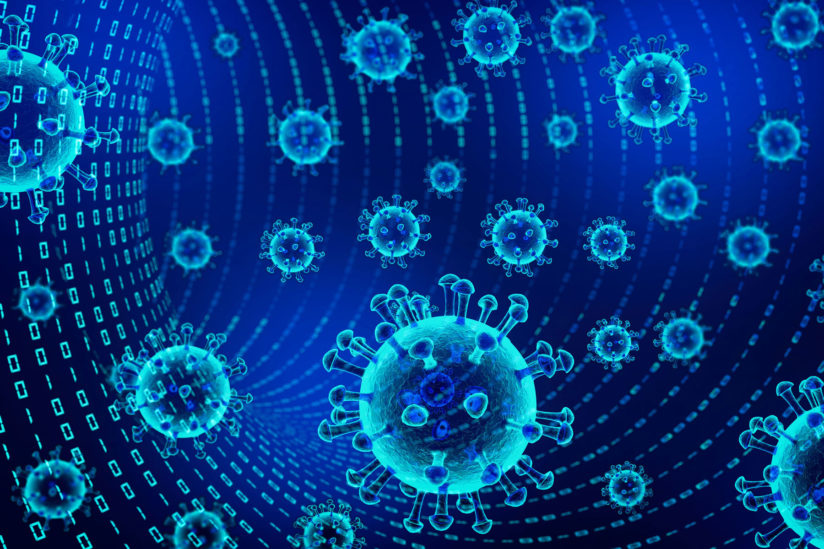How do you develop vaccines and therapies that keep up with the ever-changing virus that causes COVID-19? USC Viterbi engineers turned to AI.
USC researchers have developed a new method to counter emergent mutations of the coronavirus and hasten vaccine development to stop the pathogen responsible for killing thousands of people and ruining the economy.
Using artificial intelligence (AI), the research team at the USC Viterbi School of Engineering developed a method to speed the analysis of vaccines and zero in on the best potential preventive medical therapy.
The method is easily adaptable to analyze potential mutations of the virus, ensuring the best possible vaccines are quickly identified — solutions that give humans a big advantage over the evolving contagion. Their machine-learning model can accomplish vaccine design cycles that once took months or years in a matter of seconds and minutes, the study says.
“This AI framework, applied to the specifics of this virus, can provide vaccine candidates within seconds and move them to clinical trials quickly to achieve preventive medical therapies without compromising safety,” said Paul Bogdan, associate professor of electrical and computer engineering at USC Viterbi and corresponding author of the study. “Moreover, this can be adapted to help us stay ahead of the coronavirus as it mutates around the world.”
The findings appear today in Nature Research’s Scientific Reports.
AI-assisted computer model predicts potential coronavirus vaccines
When applied to SARS-CoV-2 — the virus that causes COVID-19 — the computer model quickly eliminated 95% of the compounds that could’ve possibly treated the pathogen and pinpointed the best options, the study says.
The AI-assisted method predicted 26 potential vaccines that would work against the coronavirus. From those, the scientists identified the best 11 from which to construct a multi-epitope vaccine, which can attack the spike proteins that the coronavirus uses to bind and penetrate a host cell. Vaccines target the region — or epitope — of the contagion to disrupt the spike protein, neutralizing the ability of the virus to replicate.
Moreover, the engineers can construct a new multi-epitope vaccine for a new virus in less than a minute and validate its quality within an hour. By contrast, current processes to control the virus require growing the pathogen in the lab, deactivating it and injecting the virus that caused a disease. The process is time-consuming and takes more than one year; meanwhile, the disease spreads.
